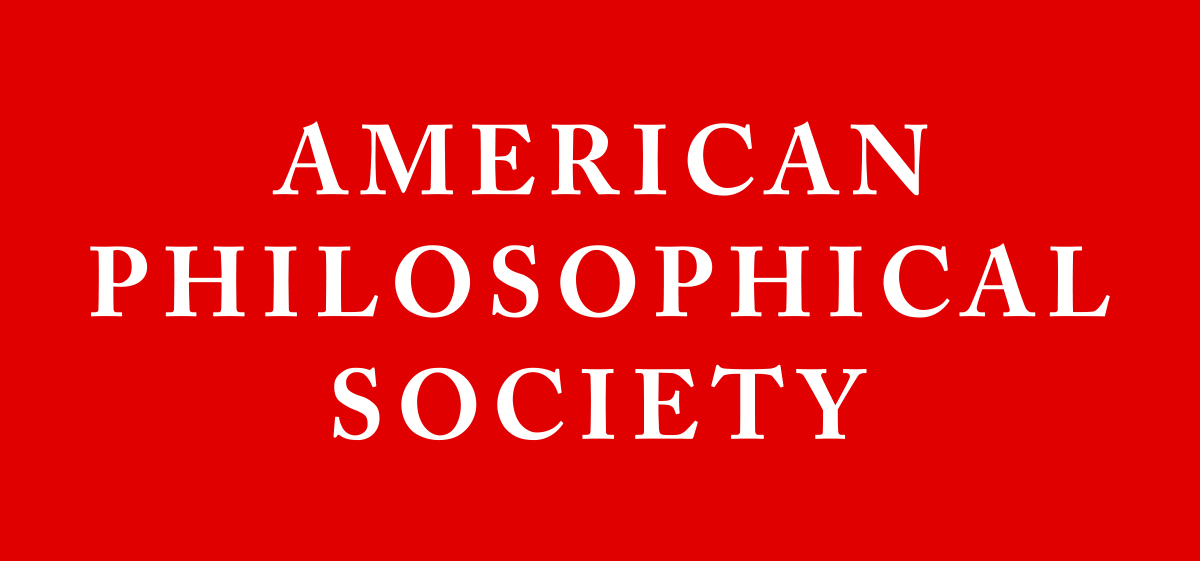Pierre Eugène Du Simitière (148)
Election date: 1768Elected to the American Society.
Curator of the APS (1776-1782)

Pierre Eugène Du Simitière (18 September 1737–c. 10 October 1784) was an artist, naturalist, collector, antiquarian, and museum proprietor, and a member of the American Philosophical Society via his 1768 election to the American Society. Born in Geneva, Switzerland, he studied drawing there before relocating to Amsterdam and then, in 1757, to the West Indies. For the next five years he traveled in St. Eustatius, Curaçao, Jamaica, and Saint-Domingue, drawing sketches, collecting specimens, and compiling information for an expansive civil and natural history of the region. By 1763 he had extended his collecting ambitions to include North America, residing in Charleston, Philadelphia, Boston, and New York City, where he was naturalized as a British subject in 1769. During this time he made a modest living painting miniatures. He continued to collect natural-historical objects and observations; written materials like books, pamphlets, newspapers, broadsides, manuscripts, and cartoons; and medals, coins, and indigenous and African artifacts. He returned to the West Indies in 1772 and 1774 before settling in Philadelphia, where he opened his popular American Museum, the first institution of its kind and a possible model for the museums founded by APS member Charles Willson Peale. Beginning with the Stamp Act crisis, Du Simitière saved every scrap of Revolutionary-era ephemera he could find, spending countless hours excerpting texts and organizing his collections. He was fined by the Continental Army for failing to report for military service and then jailed by the British during the occupation of Philadelphia, but he survived these ordeals and took the oath of allegiance in 1779. Deeply interested in heraldry, he designed the United States seal, the seals of several new states, and a medal awarded to George Washington. Du Simitière also created portraits of patriot leaders and coined the U.S. motto “E pluribus unum.” Increasingly desperate financial straits led him to seek government support for his proposed history of the Revolution. But despite its initial enthusiasm, Congress neglected to award him a stipend. Du Simitière died in poverty in 1783. His executors, APS members Matthew Clarkson and Ebenezer Hazard, auctioned off his papers, most of which were purchased by the Library Company of Philadelphia. (PI, ANB)
Publication: A Philadelphie: De l’imprimerie de Fleury Mesplet, [1774]
Subjects:Canada -- History -- To 1763 (New France). | United States -- History -- Revolution, 1775-1783 -- Causes.
Publication: A Paris, 1781
Subjects:United States -- History -- Revolution, 1775-1783 -- Biography -- Portraits.
